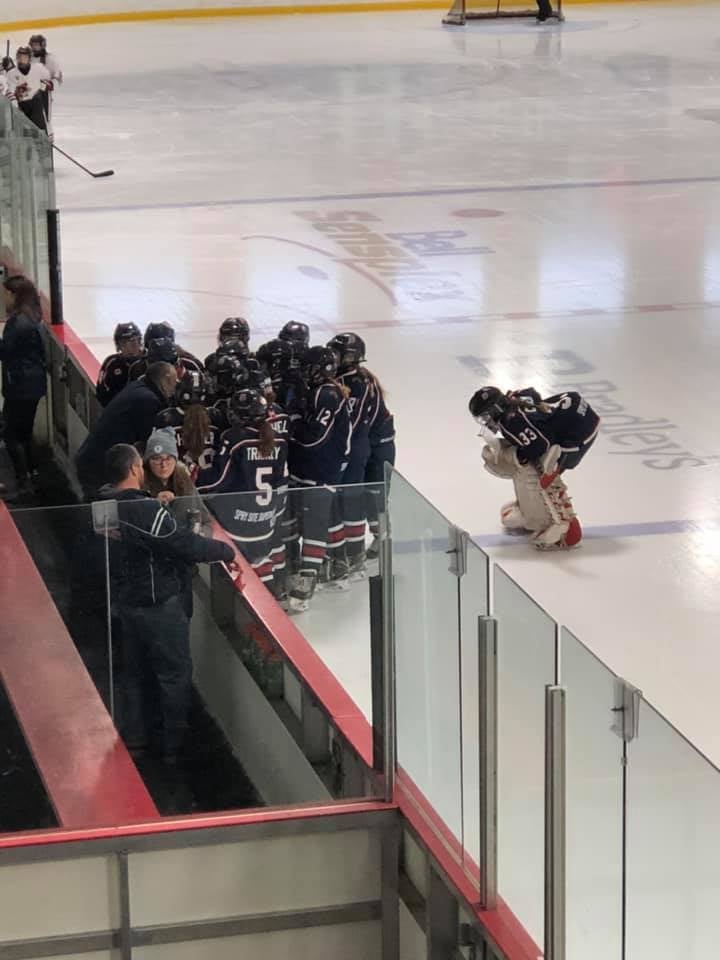Something that jumps out at you when you or your child attend one of our clinics or one of the practices for a team that our instructors coach is that the instructional time has a defined cadence.
Every instructor is a bit different, but in general the pace of the practice or session increases as it progresses. We start with the explanation of the skills that we will be working on, demonstrate them and then inject the players into the program.
There is a constant flow (and this doesn’t necessarily mean flow drills) that keeps as many players engaged as possible while still trying to retain a proper work to rest ratio. Even while at rest, the players are asked to be doing something from spinning pucks on their stick to analyzing the players who are moving through the challenge. There is no time to goof around, turn off their brains and tone down from the pace we are setting. Any player who has been part of our “gong show” drill can attest that you always need to be ready to go, even if you aren’t first in line.
This cadence or pace carries over to the next session, to games and in some cases to the players’ lives away from the rink. Players show up to the rink (and to life) ready to go and ready to meet challenges.
Coaches, here are some things that I do that may or may not work for you. I could talk about each point at length, but that…. would break the cadence.
- Structure practice just like you structure a game.
- If you want players at a game an hour early, then have them at practice an hour early and structure that time just like you would before a game. This of course, means that you need to efficiently use that time. Don’t waste everyone’s time by having the kids and parents at the rink early while the kids goof off in a dressing room for 45 minutes. Make use of every minute.
- Plan your practices, but don’t lock yourself in.
- I spend hours planning what I want to teach and how I want to teach it, but as we all know, “No plan survives first contact…”
- If your players are struggling with a drill perhaps they need more time on it or perhaps you haven’t properly explained it. Jumping off to something else just because you planned it doesn’t make sense. Give them the time they need to learn.
- Don’t plan 10 drills in a 50 minute practice. Nobody is getting anything out of that. You spend as much time moving pucks as the kids do going through the drills. Pick 3 drills, preferably ones that mix the skills that you are teaching together and do them right.
- Theme your practices around one skill or one mixing of two or three skills. Show the players how the pieces fit together, don’t just give them three skills and expect them to do it themselves.
- What are the key teaching points? If you don’t know then neither will your assistants and the kids will have zero clue what they are actually working on.
- Explain “Why” you are teaching a skill and “Why” it is important to the player.
- If you ask your players to work on their skills at home then you should be doing the same. If you ask 30 minutes from them, then you need to put in double that. If I have learned nothing else, it’s that the more I know the more I realize that I don’t know much. Be a life-long learner.
Everything here will help you build out a practice or training session that has a cadence or rhythm that is conducive to learning. Don’t be afraid to overload young athletes with information, but be prepared to answer the questions that are sure to come.
Questions? Just ask.
John


